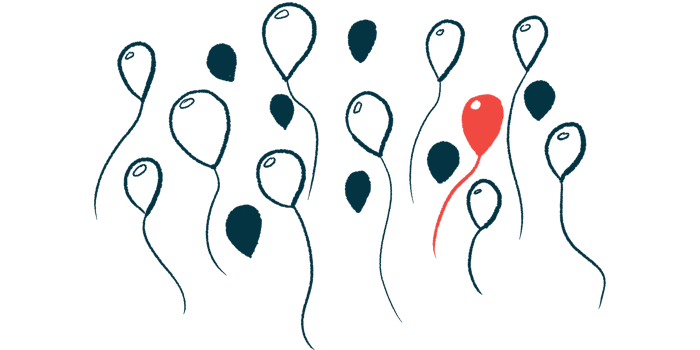Rare kidney tumor caused ectopic Cushing’s syndrome in patient, 18
Few cases of Ewing’s sarcoma in the kidney with Cushing’s have been reported
Written by |

A rare, highly malignant kidney tumor turned out to be the cause of Cushing’s syndrome in an 18-year-old man whose case was described in a recent study.
The man had classic symptoms of Cushing’s, including weight gain, fat buildup, and skin changes that resolved after the kidney harboring the tumor, called a kidney Ewing’s sarcoma, was surgically removed.
Diagnosing and managing kidney Ewing’s sarcoma is “difficult,” but the disease prognosis may improve with “comprehensive … treatment based on surgery,” the researchers wrote.
The case study, “Cushing’s syndrome caused by giant Ewing’s sarcoma of the kidney: A case report and review of literature,” was published in the World Journal of Clinical Cases.
In Cushing’s syndrome, the adrenal glands atop the kidneys produce high levels of the stress hormone cortisol, a condition called hypercortisolism. Cushing’s disease, one of the most common forms of the syndrome, is caused by a tumor in the pituitary gland, which produces excessive amounts of ACTH, a hormone that triggers cortisol production. Less frequently, the syndrome is caused by ACTH-producing tumors in other parts of the body. This is known as ectopic Cushing’s. Such tumors may include Ewing’s sarcoma, a rare and highly malignant tumor that’s mainly found in children’s long bones, but may also affect other tissues.
Condition difficult to diagnose, treat
Here, researchers in China described the case of an 18-year-old man who was first seen with a weight gain of 15 kg (about 33 lbs.) over three months, purple stretch marks, dizziness, fatigue, and facial pigmentation. The man also had a moon face, acne, fat accumulation in the abdomen and between the shoulder blades, and relatively thin limbs.
Laboratory tests showed high cortisol and ACTH in his blood, and high cortisol levels in urine. Both low- and high-dose dexamethasone tests, which are commonly used in diagnosing Cushing’s, failed to lower cortisol levels, indicating ectopic Cushing’s. The man also had diabetes, high blood pressure, and low levels of potassium in his blood.
A CT scan revealed a large malignant tumor in the left kidney that had spread to the brain, the long bone of the right thigh, and the bones that make up the spinal cord, called vertebrae. The kidney was completely removed and the man’s cortisol and ACTH levels normalized, and his potassium levels increased a few days after the surgery.
The diagnosis of Ewing’s sarcoma was confirmed by analyzing the removed tissue and genetic testing for tumor-related genes indicated the presence of mutations with clinical significance. Particularly, the man had an EWS/FLI1 gene mutation, “which further verified the diagnosis and provided guidance for future treatments,” the researchers wrote.
A month after surgery, the man started radiotherapy and chemotherapy, which was discontinued after two cycles due to financial issues.
At the nine-month follow-up visit, the man was physically and mentally well, and had lost 2 kg (about 4 lbs). Most Cushing’s-related symptoms had eased or disappeared, and the man was able to move freely and perform everyday activities. He was eventually lost to follow-up two years after the surgery.
Very few cases of kidney Ewing’s sarcoma and Cushing’s syndrome have been reported in the literature, and the disease is difficult to diagnose and treat because of how rare it is and because it usually doesn’t have specific imaging indicators.
Diagnosing kidney Ewing’s sarcoma relies on the microscopic analysis of tumor tissue. There are no standardized treatment strategies, so treating it usually involves removing the affected kidney and surrounding tissues, along with radiotherapy and chemotherapy.
In this patient, this approach eased “Cushing-related symptoms … and [led to] a satisfactory curative effect,” wrote the researchers, who noted that “long-term effects require further follow-up.”






